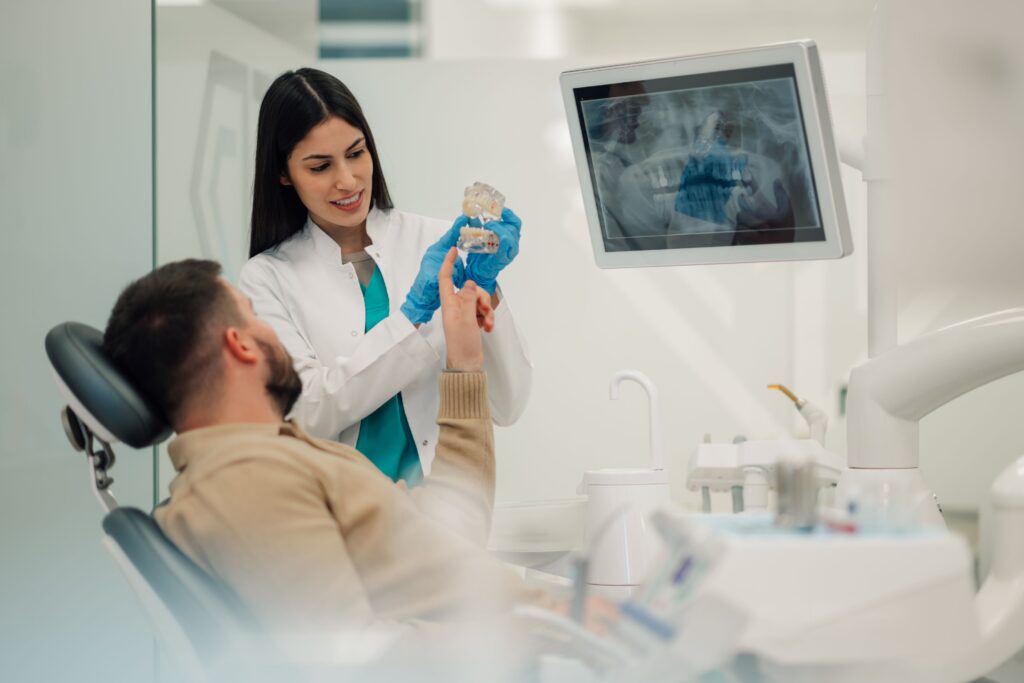
Tooth loss can detract from your daily quality of life in several ways. For instance, you might struggle to bite or chew healthy foods or enunciate certain words. You might even feel so anxious about being judged for the changes to your appearance that you avoid spending time with others.
Your dentist can restore your smile with dental implants, though many patients are surprised to learn they need an additional jawbone graft treatment before proceeding with their replacement teeth. Continue reading to learn why this procedure is sometimes necessary and what to expect!
How Does Tooth Loss Affect My Jawbone?
Did you know that the roots of your teeth are responsible for maintaining your jawbone? Every bite down stimulates the foundation of your mouth to keep it active and healthy. When they fall out, you can lose up to 25% of the surrounding bone density within a year.
Your jaw will only continue to weaken over time and can eventually become so frail that it no longer supports your remaining teeth, leading to additional loss. Dental implants are the only treatment that prevents this process because the titanium rods implanted in your jaw function like roots to maintain its strength.
Why Do I Need a Healthy Jawbone for Dental Implants?
It can take three to six months to heal after your procedure because that’s how long it usually takes your mouth to fuse with the material. Every time you bite down, the implant stimulates new bone growth until it eventually encompasses the metal in a process called osseointegration. This is what gives dental implants the strength and stability to function as sturdy standalone structures. Unfortunately, if your mandible is too thin initially, you’re less likely to complete this stage of recovery successfully, increasing the likelihood of implant failure. In many cases, a bone graft can bulk it up enough to proceed with your chosen treatment.
What Is Bone Grafting?
This refers to a surgical procedure in which additional bone material is transplanted to your jaw to increase its thickness. There are several potential sources, including:
- Your body. Natural grafts involve using materials borrowed from other places in your body to strengthen your mouth’s foundation.
- Other animals. A Xenograft involves taking animal bone, such as bovine, to increase your jaw strength.
- Synthetic supplies. Alloplastic grafts utilize synthetic substances, like Hydroxyapatite, to rebuild your jaw’s density.
It’s not uncommon for patients to require an additional bone graft before they can move forward with dental implants. If you have additional questions about why it’s being recommended, your provider can give you answers based on your unique situation.
About the Practice
At Columbus Dental Arts, you and your family benefit from two dentists eager to help you build and maintain beautiful, healthy teeth and gums. Dr. Fraser and Dr. Wolf collaborate to offer a complete menu of services conveniently under one roof, so whether you need basic preventive care or a more complex procedure, they can assist. They work with the best local specialists for dental implant placement for accurate results, then provide lifelike restorations to close the gap in your grin. If you need to replace missing teeth, you can request an appointment on the website or call (609) 324-9500.
